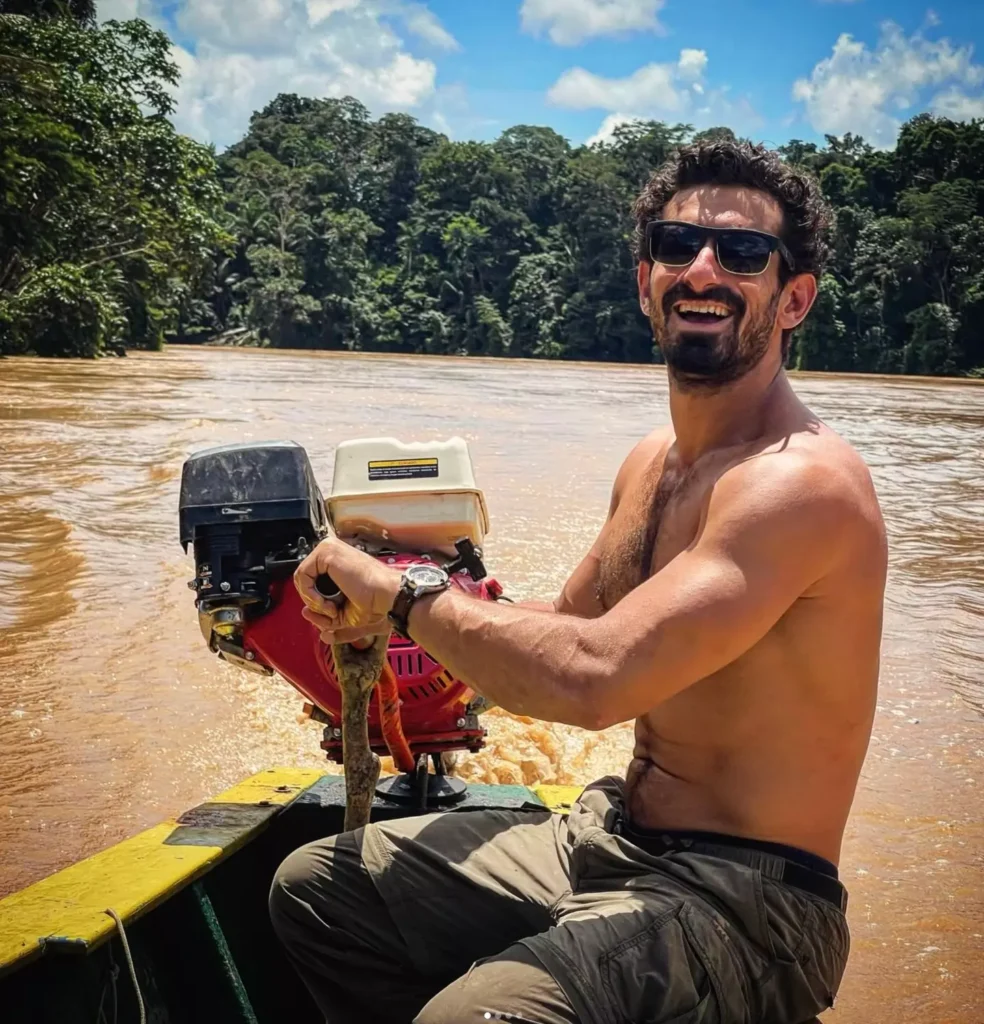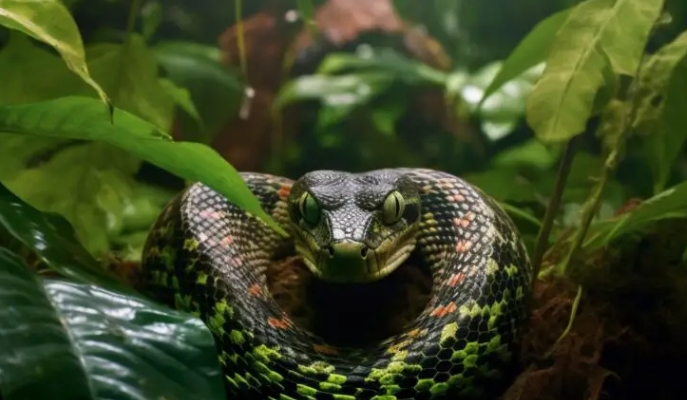The reason why he did that was to raise awareness of the dangers lurking at the Amazon rainforest.
Rosolie, who is a huge lover of the nature, has been studying the complex ecosystem of the Amazon for years.
However, his dramatic attempt to draw attention to the issue of the quick disappearance of the habitats ended almost tragically.

When he approached the huge green anaconda, Rosolie was equipped with a custom-made carbon fiber suit. It was designed to withstand the immense pressure of the snake’s constricting coils.
The suit also had an integrated oxygen supply. Of course, there were a number of cameras attached to it in order to film his endeavor.
The attempt of getting eaten alive by the snake was shown in a Discovery Channel documentary.
However, despite wearing the special suit, Rosolie, who didn’t suffer significant injuries, explained that he had a hard time breathing when the anaconda threw its strong coils around his body.
The pressure he felt was immense.
“I’m getting coils over me,” he said during the encounter. “She’s got my arms pinned. She knows there’s nothing I can do.”
As the snake held tighter, his heart rate increased.
After it was extremely difficult for Rosolie to breath, the team who monitored the experiment freed him from the snake’s hold.
In a piece for The Guardian, he described feeling ‘grimly amused’ by the trailers in which he was shown being ‘eaten alive’ by the snake. But at the same time, it sparked criticism from both animal welfare organizations and the public.
“I was willing to try something risky and yes, maybe ridiculous, to bring attention to a place and a species I loved.
“I figured that if feeding myself to a snake was the price I needed to pay to try to alert the wider community about the devastation we are waging on nature, I had to accept.
“So on a sunny September day, I spent two hours in that claustrophobic suit, being constricted by a captive anaconda,” Rosolie said.
Rosolie’s experiment sparked worldwide discussions about conservation and the importance of protecting the Amazon rainforest.
Please SHARE this article with your family and friends on Facebook.




